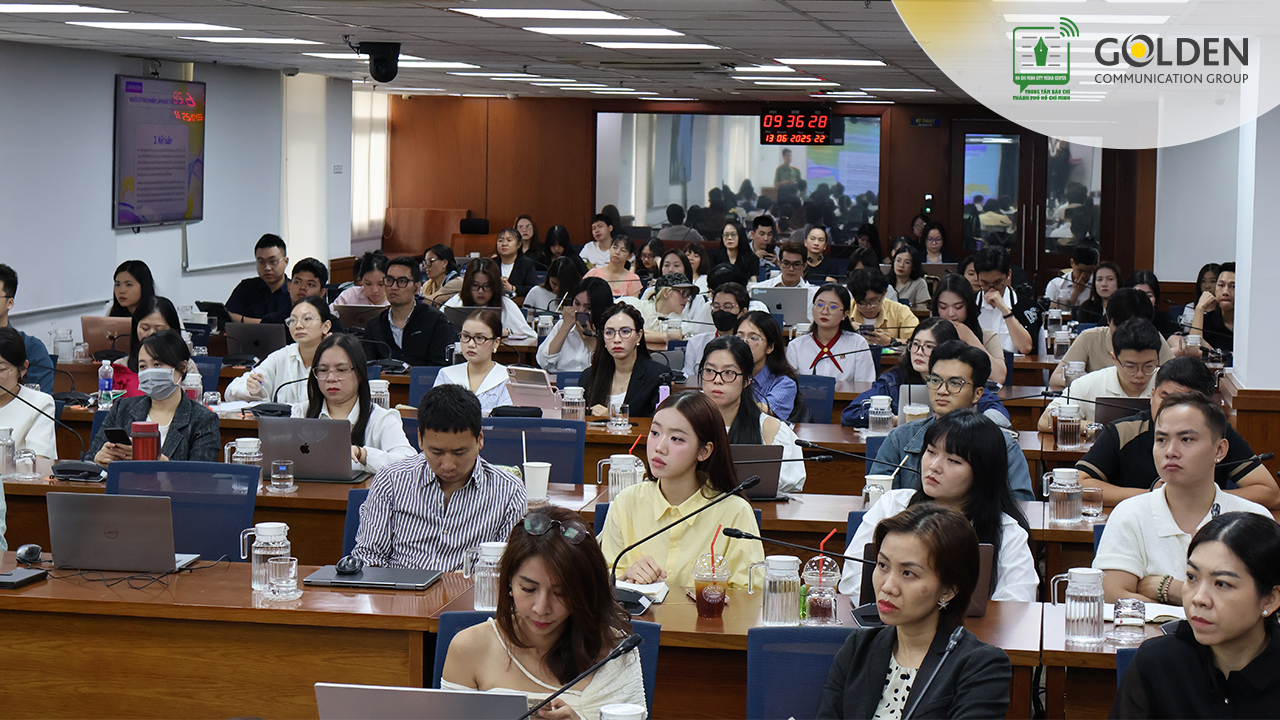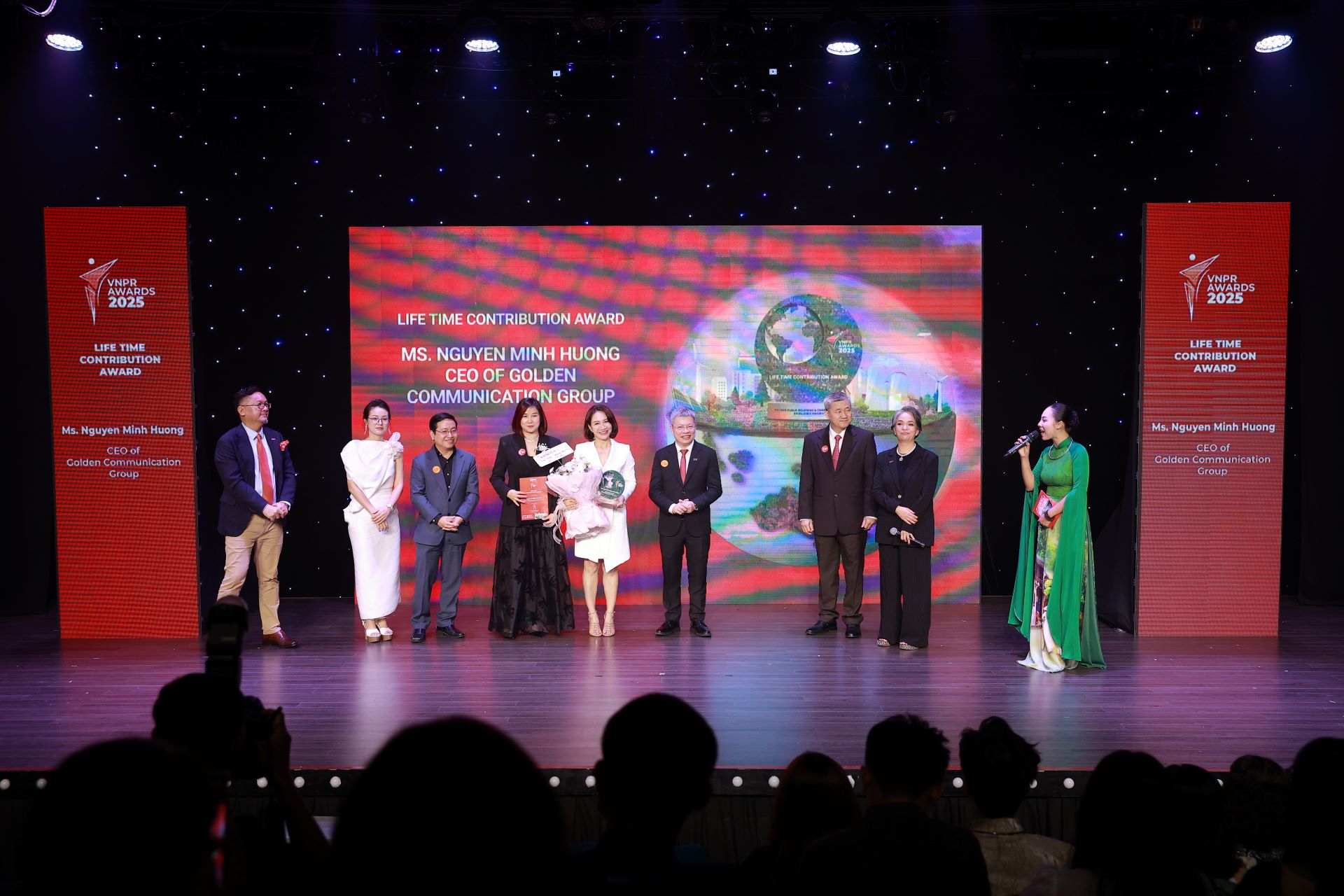Ministry of Health and Welfare: Ga Na Da campaign to encourage childbirth in Korea
- share
- copy link
SUMMARY
The South Korean Ministry of Health and Welfare, a government department, used PR and public service advertising to try to change marriage culture and boost the country’s very low birth rate.
- The birth rate in South Korea, and the marriage rate which affects it, were extremely low; the Ministry of Health and Welfare needed to find a way to boost births.
- Research found that even when both parents worked, women did the majority of childcare, and so it set out to change the attitudes and roles of fathers.
- It used PR and public service advertising to draw attention to problems in marriage culture across the country, and to show how rewarding it was for fathers to be more active.
- Almost 7,000 pieces of media coverage were achieved in a year, and 60% of respondents to a post- campaign survey said they would try to change marriage culture.
Campaign details
Advertiser: Ministry of Health and Welfare
Brand: Ministry of Health and Welfare
Agency: Prain Gobal Inc. and Daehong Communications
Country: South Korea
Background
South Korea's national birth rate has declined, with the average number of children a woman bears in her lifetime standing at 1.25 in 2016, ranking 220th out of 224 countries. Also, the marriage rate, which affects the decrease in birth rate, has declined to 5.5 marriages per 1000 people. South Korea's culture of women being almost entirely responsible for childcare is a cause of the falling birth rate. (In South Korean dual-income households, men spend an average of only forty minutes per day on housework.) Therefore, there was a need to launch a campaign to encourage childbirth and find a fundamental solution to the problem of the low birth rate.
Challenge
The Ministry of Health and Welfare needed a new campaign to address the low birth rate, one that would change the existing campaign, which highlighted the birth rate in the context of family welfare and national competitiveness. For this purpose, two campaign goals were set. The first is changing the culture of financially burdensome marriage culture that makes young South Koreans avoid marriage. The second is to cultivate a culture in which fathers are actively involved in childcare, and both parents participate in raising children.
Solution
During the first phase of the campaign, media relations and public service advertising were conducted to draw attention to the problematic culture of marriage and childcare as social agenda items. The second step was holding a digital campaign and live discussion events to spread more desirable ideas about marriage. In one instance, in a program called '100 Fathers', men who had not been actively involved in caring for their children embarked on six months of active child care, and shared their experiences online through social media.
Results
Throughout the one-year campaign, a total of 6,973 broadcasts and articles was appeared in the media. In the post-campaign survey, 70% of South Koreans agreed with the importance of the campaign. More than 60% of respondents said they would make an effort to improve marriage culture and for the active involvement of both parents in child care.
Situation analysis
South Korea's national birth rate has declined, with the average number of children a woman bears in her lifetime standing at 1.25 in 2016, ranking 220th out of 224 countries. There were two fundamental reasons why South Korea's birth rate is falling.
First, the marriage rate has been declining as younger people avoid marriage. The marriage rate, which affects the decrease in birth rate, has declined to 5.5 marriages per 1000 people. In a survey of young South Koreans, 46% of respondents said that it is okay not to get married. The most common reason for avoiding marriage was the excessive financial burden incurred in marriage, and the problem of conflict with parents during the wedding preparation process.
The second major cause is South Korea's culture of women being almost entirely responsible for childcare. South Korean women in dual income families spend an average of three hours and 14 minutes per day on housework, far more than the 40 minutes the average man spends doing housework. This uneven allocation of household duties is one reason why economically active women avoid having children.
Therefore, the Ministry of Health and Welfare developed and launched the campaign with the aims of increasing the fertility rate, changing the public perception and problematic cultures of childbirth, marriage, and childcare. The goals are as follows: a simple and less wasteful wedding culture, a reasonable parenting culture, a childcare culture with the active involvement of both parents.
Challenge
The Ministry identified a need to update the traditional campaign, which highlighted the birth rate in the context of family welfare, was outdated. A new strategy would be needed to change the perception and culture of avoiding childbirth. With this in mind, the 'Ga Na Da campaign' was launched ('Ga Na Da' is the Korean alphabet's equivalent of ABC). The spelling is the same as 'Improve the Family Culture!' (Gajokmunhwa gaeseon), 'Starting with Me!' (Nabuteo) and 'All together!' (Dahamkkae). The campaign focuses on changing the phenomenon avoiding marriage in the younger generation and the women- centered childcare culture which are the fundamental causes of South Korea's low birth rate, and seeks to improve awareness of the misguided marriage and parenting cultures.
- Setting Social Agenda and publicizing the issue of expensive wedding culture and women-reliant parenting culture
- Effecting a culture of less wasteful weddings and the distribution of real marriage
- Communicating the need for a healthier childcare culture where couples equally share childcare
Solution
Two tasks were necessary to carrying out an effective campaign. The first was to establish changing marriage and parenting cultures as social agendas. The second was creating compelling content that would resonate with the target audience.
With this in mind, media relations (using print and broadcast media) and public service advertising was conducted on TV and digital media. Also, meetings with working moms and young people were planned.
Story contests, idea contests, and experience promotions were carried out for the public to create content that could gain empathy. Various real stories were collected, of marriage and men's participation in childcare, that were used as the basis for the production of content that was then distributed in commercial and social media, YouTube and other avenues.
Execution
During the first phase of the campaign, media relations and public service advertising were conducted to draw attention to the problematic culture of marriage and childcare as social agenda items. The second step was holding a digital campaign and live discussion events to spread more desirable ideas about marriage. In one instance, in a program called '100 Fathers', men who had not been actively involved in caring for their children embarked on six months of active child care, and shared their experiences online through social media.
Evaluation
Throughout the one-year campaign, a total of 6,973 broadcasts and articles was appeared in the media on the importance of non-extravagant marriage and the childcare with the active involvement of both parents, through broadcasting, newspapers and online media. The campaign spurred social interest and discussion of marriage and child rearing issues. About 50% of the public have been exposed to public service ads through TV and digital channels. In particular, public service ads on digital channels such as YouTube recorded a total of 854 million views and 535,199 hits. In the post-campaign survey, 70% of South Koreans agreed with the importance of the campaign. More than 60% of respondents said they would make an effort to improve marriage culture and for the active involvement of both parents in child care.
.jpg)


.png)

